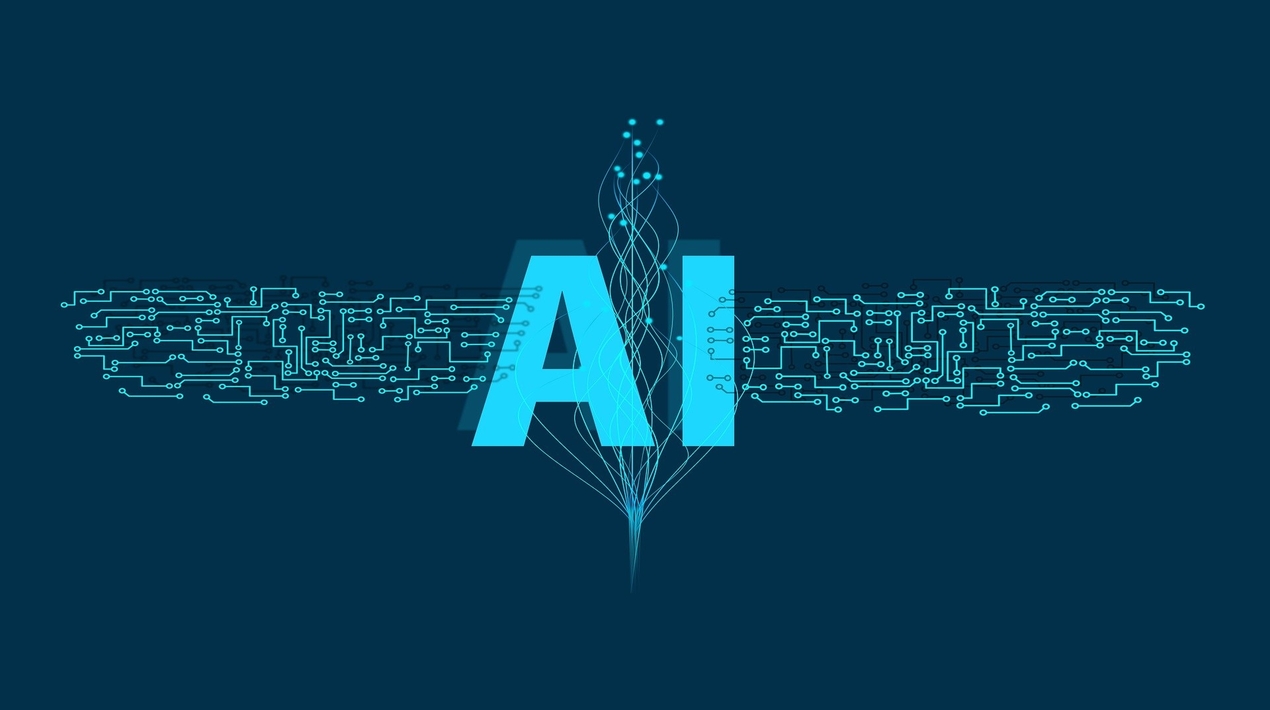
The pervasive influence of artificial intelligence (AI) on contemporary society and industries is undeniable. However, this extensive influence has also led to the emergence of complex issues around AI ethics, privacy, bias, and accountability. As a result, AI governance — the structured approach to managing AI’s development, use, and impact — has become a necessity. This article provides a comprehensive examination of AI governance, its importance, principles for effective governance, common challenges, and strategies to overcome them.
AI Governance: An Introduction
AI Governance refers to the rules, policies, and measures that organizations put in place to manage the lifecycle of AI systems, from development and deployment to ongoing maintenance and monitoring. It encompasses areas like ethics, privacy, transparency, fairness, and accountability. In essence, AI governance seeks to ensure that AI systems are designed and used responsibly, ethically, and transparently.
The Importance of AI Governance
AI governance plays a critical role in today’s technology-driven world for several reasons:
1. Trust and Transparency: Effective AI governance promotes transparency, which in turn fosters trust among users and stakeholders. People are more likely to trust and adopt AI technologies if they understand how these systems work and make decisions.
2. Ethical Compliance: AI governance helps ensure that AI systems are developed and used ethically, respecting societal norms and values. This includes avoiding biases, maintaining privacy, and ensuring fairness.
3. Risk Management: AI systems, like any technology, can pose risks. Governance structures can help manage these risks, from data breaches and misuse to system failures and other operational risks.
4. Regulatory Compliance: As governments worldwide establish regulations around AI, effective governance helps organizations comply with these regulations, avoiding legal complications.
Principles for Effective AI Governance
Effective AI governance requires adhering to certain principles:
1. Transparency: Organizations should be transparent about their use of AI, including how AI systems are developed, how they make decisions, and how data is collected and used.
2. Accountability: Organizations must hold themselves accountable for the actions and outcomes of their AI systems. This includes establishing clear lines of responsibility and processes for addressing issues when they arise.
3. Fairness: AI systems should be designed and used in a manner that respects fairness. This means avoiding biases, ensuring equitable outcomes, and treating all users fairly.
4. Privacy and Security: Organizations should ensure the privacy and security of user data, protecting it from unauthorized access and use.
Challenges in AI Governance
While AI governance is crucial, implementing it effectively can be challenging:
1. Complexity of AI Systems: AI systems, especially those based on deep learning, can be complex and difficult to understand, making transparency and accountability more challenging.
2. Evolving Regulatory Landscape: With AI regulations still in their infancy and constantly evolving, complying with all relevant regulations can be a moving target.
3. Balancing Innovation and Governance: Striking a balance between fostering innovation and maintaining robust governance can be challenging, as overly strict governance could stifle innovation.
Strategies for Effective AI Governance
Despite these challenges, organizations can implement effective AI governance through a number of strategies:
1. Establish Clear Policies: Organizations should establish clear policies around the use of AI, covering areas like ethics, privacy, transparency, and accountability.
2. Involve Diverse Stakeholders: A variety of stakeholders, including ethicists, legal experts, and users, should be involved in AI governance processes to ensure a diverse range of perspectives and expertise.
3. Continuous Monitoring and Improvement: AI governance should not be a one-time effort but a continuous process that involves regular monitoring and improvement of AI systems.
4. Leverage External Standards and Guidelines: There are numerous external standards and guidelines for AI that organizations can leverage, from governmental regulations to industry best practices.
The Future of AI Governance
As AI continues to evolve and permeate more aspects of our lives, the role of AI governance will become even more critical. Future governance models will likely focus more on transparency, interpretability, and user-centric design. Moreover, we can expect more comprehensive regulations and industry standards, guiding organizations towards responsible AI use.
Conclusion
AI governance is an essential component of responsible AI development and use. Despite the challenges, adhering to key governance principles and implementing effective strategies can help organizations manage the risks associated with AI, foster trust among users, and comply with ethical and legal standards. As we continue to navigate the AI-infused landscape, robust and dynamic AI governance will be key to ensuring that AI technologies are a force for good, delivering benefits for individuals, businesses, and society at large.
Find more … …
Excel Charts for Data Analyst : Tutorial 15 – Organization Chart
Leveraging AI-Powered Tools in Microsoft 365 to Optimize Workday Productivity and Efficiency
Year Seven Math Worksheet for Kids – Counting Principle and Probability of Events